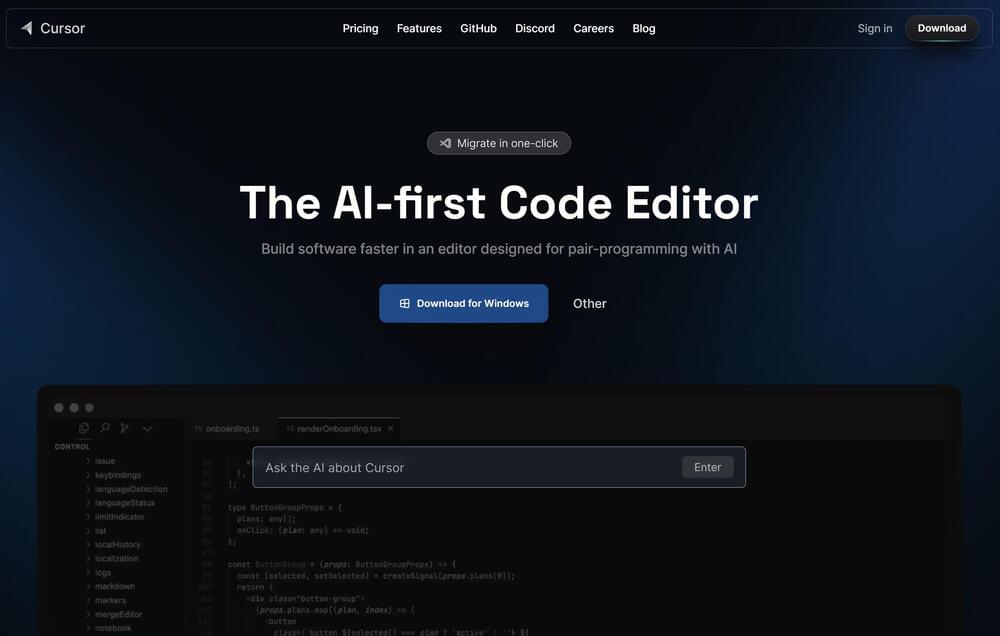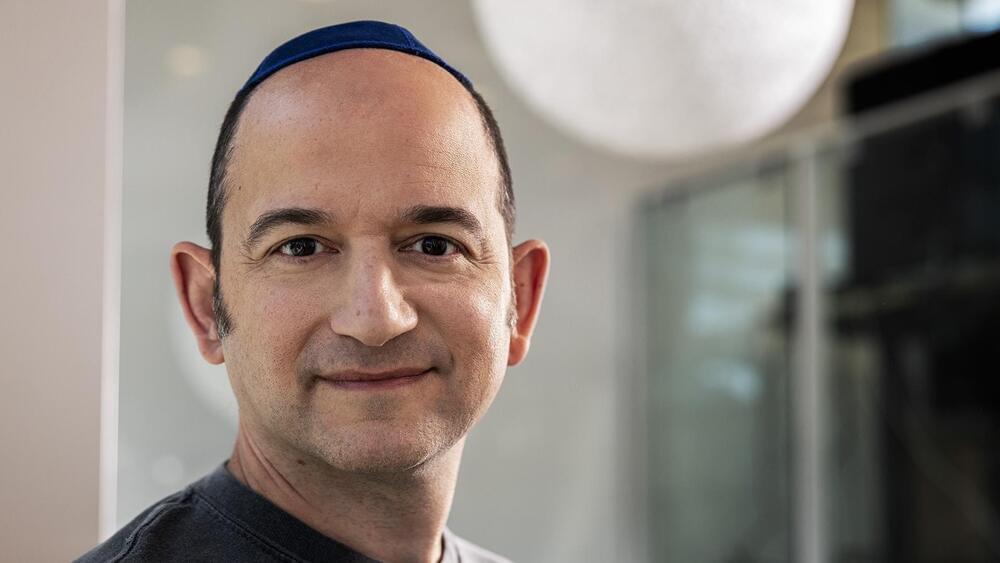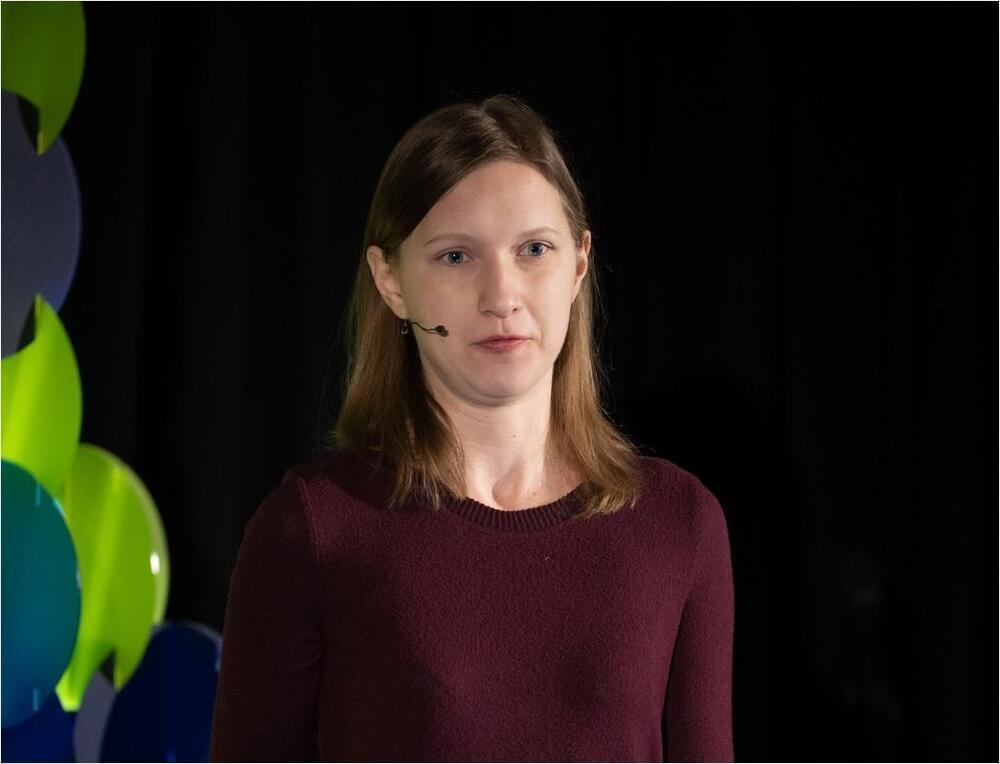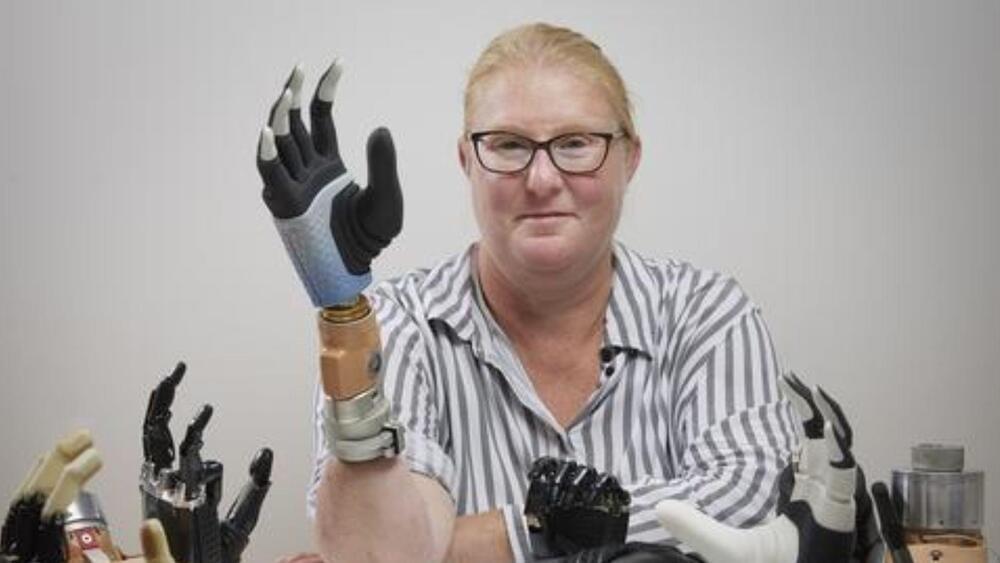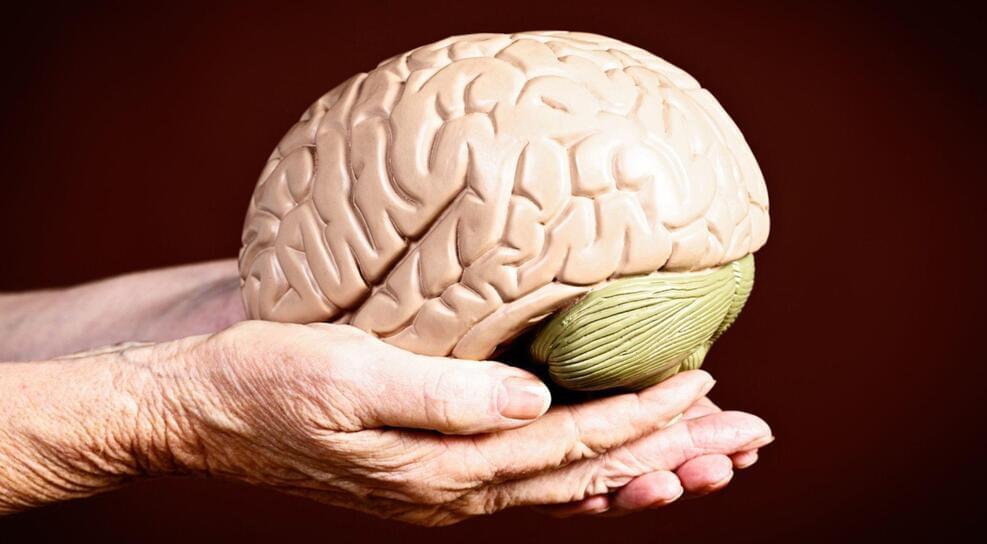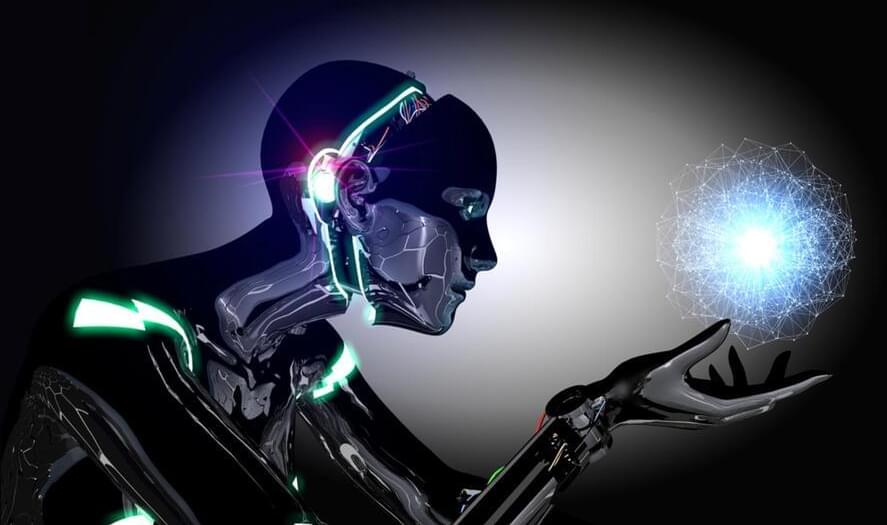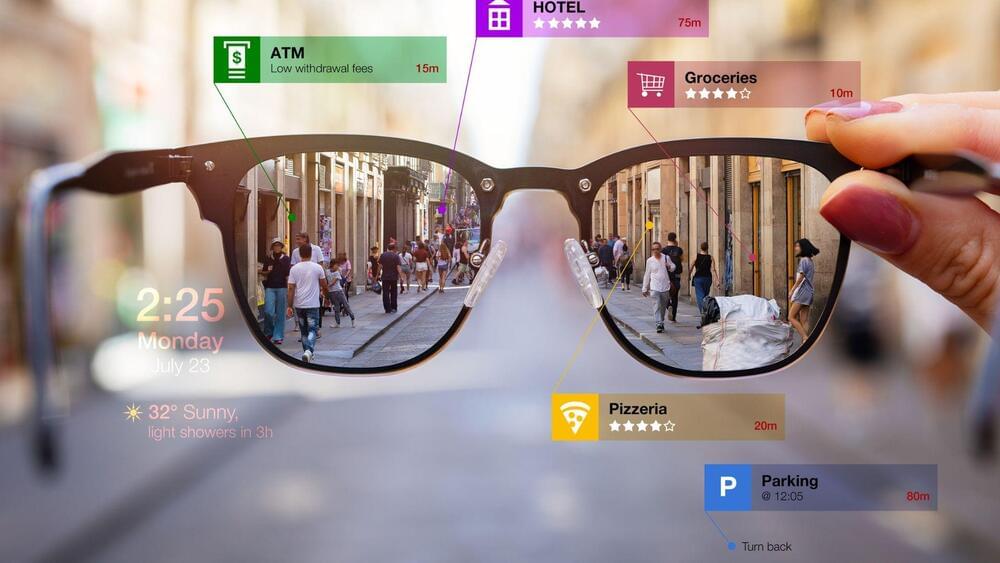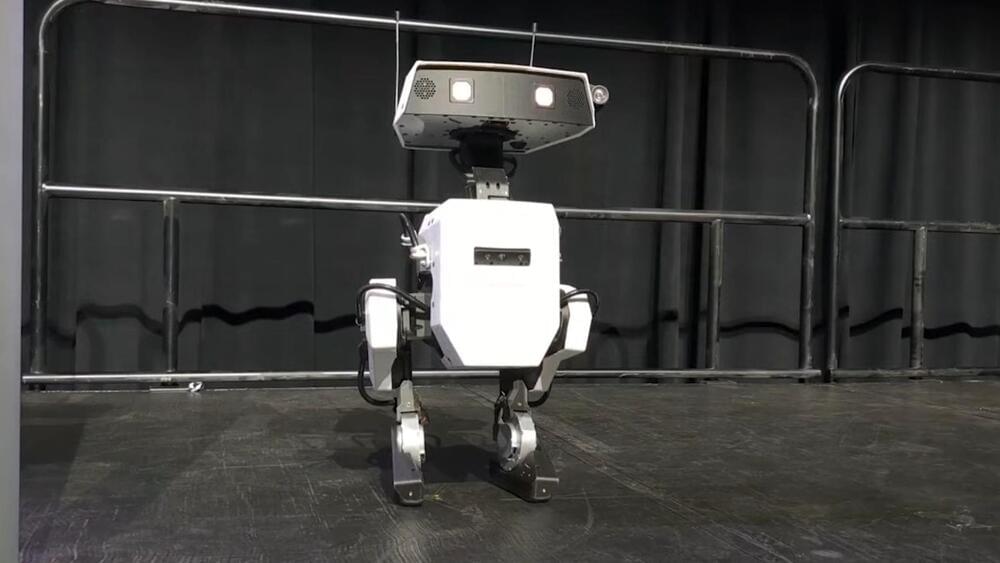Anysphere, a startup building what it describes as an “AI-native” software development environment, called Cursor, today announced that it raised $8 million in seed funding led by OpenAI’s Startup Fund with participation from former GitHub CEO Nat Friedman, Dropbox co-founder Arash Ferdowsi and other angel investors.
The new cash, which brings Anysphere’s total raised to $11 million, will be put toward hiring and supporting Anysphere’s AI and machine learning research, co-founder and CEO Michael Truell said.
“In the next several years, our mission is to make programming an order of magnitude faster, more fun and creative,” Truell told TechCrunch in an email interview. “Our platform enables all developers to build software faster.”
